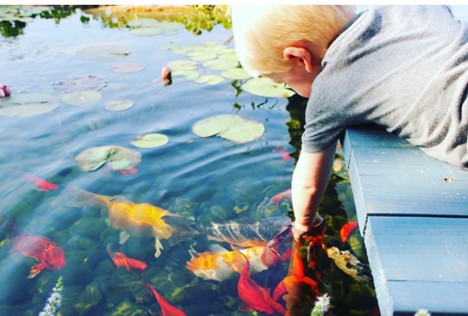As the temperatures dip, your koi slow down, but your care should speed up. The biggest mistake pond owners make in winter? Overfeeding.
Koi are cold-blooded and rely on water temperature to regulate their digestion. Feed them the same amount as summer, and uneaten food turns into waste that clouds your koi pond water and stresses your fish.
Why Koi Need a Lighter Menu
Once your koi pond drops below 55°F, koi metabolism slows dramatically. They still need nutrients, but not daily feeding. Overfeeding leads to poor digestion, sludge buildup, and cloudy water.
Switch to a wheat-germ-based koi food, like Aquascape Premium Cold Water Fish Food. It’s easier for your koi to process and won’t break down into excess nutrients.
Feed Less Frequently
Feed your koi once every two to three days when temperatures hover around 55–60°F, and stop entirely when the water hits 50°F. They’ll graze on natural biofilm and algae if they need extra nutrients.
Pro Tip: Use a floating thermometer in your pond. It’s the simplest way to know when to taper or stop feeding.
Keep Oxygen Flowing
Even when koi aren’t eating much, they still need oxygen. Run your Aquascape pond aeration system to maintain gentle water movement. It also prevents gases from getting trapped beneath the surface.
Observe, Don’t Overhandle
Healthy winter koi move slowly but steadily. Avoid netting or moving them unless necessary. Winter is their time to rest.
Plan Ahead for Spring
The goal of winter koi care is stability. When you avoid overfeeding and maintain oxygen levels, you’ll have clear water and healthy, active koi ready to thrive come spring.
Get Expert Koi Care for Your Pond – Call PondscapesAZ
Want expert help caring for your koi this winter? PondscapesAZ offers full pond maintenance, koi health checks, and aeration installations using premium Aquascape equipment. Contact us today for a seasonal tune-up!
Give us a call today at 480-987-7781 or contact us online now to get started.

Owner, Lead Designer
Ralph Biezad is the owner and lead designer of Pondscapes, a premier pond and water-feature design-build company based in Gilbert, Arizona. With more than 20+ years of experience, Ralph has created hundreds of custom ponds, waterfalls, and aquatic landscapes throughout the Southwest. His philosophy centers on designing natural-looking, low-maintenance environments that blend seamlessly with Arizona’s climate and terrain.
As a Certified Aquascape Contractor, Ralph is recognized nationwide for his craftsmanship, creativity, and commitment to eco-balanced water features. His designs emphasize sustainability, habitat creation, and bringing clients closer to nature through water.



Recent Comments